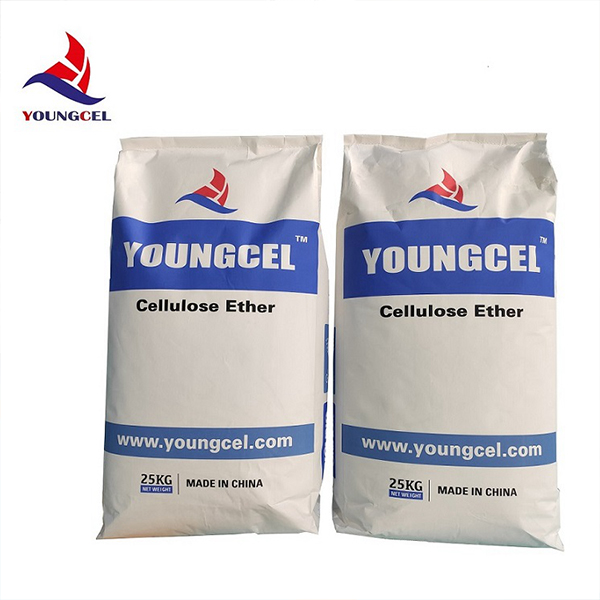Understanding Redispersible Powder (RDP) A Key Component in Construction Materials
Redispersible Powder (RDP) is a specialized type of polymer powder that plays a crucial role in the formulation of modern construction materials. Essentially, RDP is a dry, free-flowing powder that can be re-dispersed in water to form a stable aqueous dispersion. This product is commonly used in various construction applications, particularly in adhesives, sealants, dry-mix mortars, and other related products. Its versatility and performance-enhancing properties make it an invaluable tool for engineers and contractors.
What is Redispersible Powder?
At its core, RDP is a finely milled polymer that, when mixed with water, can create a viscous solution. The most commonly used polymers for RDP include vinyl acetate-ethylene (VAE) copolymers, which contribute to the powder's strong adhesion and flexibility. When added to construction materials, RDP improves their workability, adhesion, and durability, making it a popular choice for both residential and commercial construction projects.
Applications of RDP
The applications of RDP are vast and varied. It is predominantly found in
1. Tile Adhesives RDP significantly enhances the adhesion properties of tile adhesives, allowing for better bond strength and flexibility. This is crucial when working with materials that may be subject to movement due to temperature changes.
2. Render and Plasters When added to renders and plasters, RDP can improve the flexibility, crack resistance, and cohesive strength of these materials. This is particularly beneficial in areas prone to seismic activity or temperature fluctuations.
3. Self-Leveling Compounds In self-leveling floor compounds, RDP helps to facilitate ease of application and ensures a smooth, uniform finish that adheres well to various substrates.
redispersible powder rdp

5. Joint Fillers and Sealants The flexibility and durability that RDP imparts are essential for joint fillers and sealants, ensuring they can withstand movements and environmental changes without cracking or losing bond strength.
Advantages of Using RDP
The benefits of incorporating RDP into construction materials are numerous
- Enhanced Performance RDP improves the adhesion and flexibility of materials, leading to superior performance under various conditions.
- Improved Workability Products containing RDP are easier to apply and provide a smoother finish, making them more user-friendly.
- Durability The added resilience helps materials resist cracking and other forms of damage over time.
- Eco-Friendly Options Many RDPs are formulated to be environmentally friendly, enabling manufacturers to produce greener construction products.
Conclusion
In summary, Redispersible Powder is a vital component in the construction industry, offering multiple benefits ranging from improved adhesion and flexibility to enhanced durability and workability. As the construction industry continues to evolve and adapt to new challenges, the importance of RDP will undoubtedly grow. It not only meets the current demands for high-performance building materials but also supports the development of innovative, eco-friendly solutions. Understanding and utilizing RDP can lead to better construction practices and ultimately, more reliable structures. Whether you are a contractor, engineer, or manufacturer, recognizing the significance of RDP can contribute to the success of any construction project.
-
A Comprehensive Guide to Methyl Ethyl Hydroxyethyl Cellulose: Applications and Industry InsightsNewsNov.24,2025
-
Understanding Methyl 2 Hydroxyethyl Cellulose: Uses, Benefits & Industry InsightsNewsNov.24,2025
-
Hydroxyethyl Methyl Cellulose HEMC: Industrial Uses, Benefits & Future TrendsNewsNov.23,2025
-
HEMC Cellulose: Versatile & Sustainable Industrial Polymer | YoungcelNewsNov.23,2025
-
Methyl Hydroxyethyl Cellulose: Versatile Building Block for Industry & SustainabilityNewsNov.23,2025
-
CAS 9032 42 2: Understanding Polyvinyl Alcohol's Impact on Industry & SustainabilityNewsNov.22,2025




